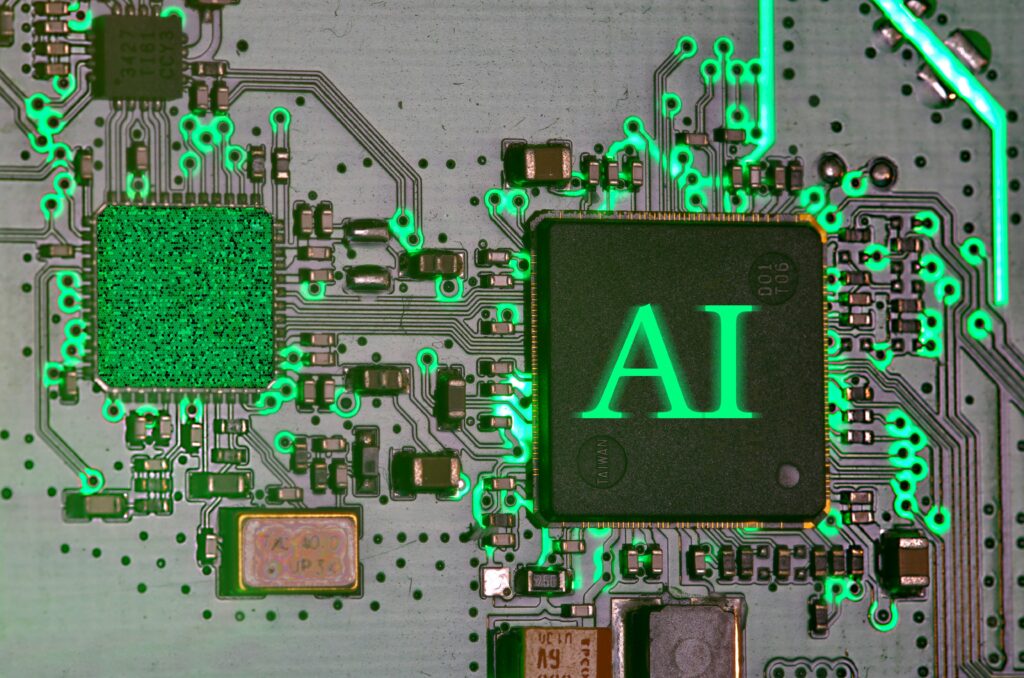The landscape of personal computing is undergoing a seismic shift, driven by the rapid advancements in Artificial Intelligence. What was once the domain of powerful data centers and cloud services is now making its way directly into our hands and onto our desks. This new era is marked by the proliferation of dedicated AI hardware, specifically Neural Processing Units (NPUs), becoming a standard feature in the latest laptops and smartphones.
Major industry players like Intel, Qualcomm, and AMD have recently unveiled their next-generation processors, all prominently featuring integrated NPUs. Intel’s latest Core Ultra processors (Meteor Lake and Lunar Lake), Qualcomm’s Snapdragon X Elite, and AMD’s Ryzen AI series are prime examples of this trend. These chips, introduced throughout late 2023 and intensified at events like Computex 2024, are engineered from the ground up to accelerate AI workloads directly on the device. This enables a host of new features, such as Windows Copilot+ capabilities, advanced real-time photo and video editing, sophisticated language translation, and enhanced security protocols, all without constantly relying on an internet connection or remote servers.
Driving Innovation: Data and Market Projections
The move towards on-device AI is not merely a technological whim; it’s backed by robust market predictions and growing industry investment. Market research firm Canalys predicts that over 60% of PCs shipped in 2027 will be AI-capable, a significant leap from just 10% in 2023. This explosive growth underscores the industry’s commitment to embedding AI at the core of consumer electronics. Analysts from IDC and Gartner further corroborate this trend, highlighting how the integration of NPUs is reshaping not just hardware specifications but also the entire software ecosystem. Developers are now tasked with optimizing applications to leverage these local AI capabilities, promising a wave of innovation tailored for the new AI-powered hardware.
Beyond Performance: User Experience and Privacy Benefits
The advantages of dedicated AI hardware extend far beyond raw computational power. One of the most significant benefits is enhanced data privacy. With AI processing occurring directly on the device, sensitive user data remains local, reducing the need to transmit it to cloud servers. This on-device processing also contributes to vastly improved power efficiency for AI tasks. NPUs are specifically designed for the parallel computations common in neural networks, making them far more energy-efficient than general-purpose CPUs or even GPUs for these specific workloads. This translates to longer battery life for laptops and smartphones, even while performing complex AI operations.
Furthermore, the integration of NPUs unlocks a new generation of user experiences. Imagine real-time generative AI for content creation, hyper-personalized digital assistants that understand context more deeply, or advanced accessibility features that adapt dynamically to individual needs. The potential for innovation is vast, pushing the boundaries of what our gadgets can do and how intuitively they can respond to our commands and intentions.
The Future Landscape: Expert Predictions and Challenges
Experts universally agree that AI processing will soon become a ubiquitous, rather than a premium, feature in consumer electronics. “Within the next few years, every new laptop and smartphone will come equipped with a powerful NPU, making on-device AI a foundational expectation,” states a leading industry analyst. This shift heralds a future where local AI capabilities are a given, enabling a new class of applications that leverage real-time, low-latency intelligence. However, challenges remain, particularly in software optimization and developer adoption. Defining what truly constitutes an “AI PC” is also an ongoing discussion, with various manufacturers setting different benchmarks for NPU performance. Despite these hurdles, the trajectory is clear: a future where AI is deeply integrated into the very fabric of our personal devices, fundamentally transforming our digital lives. To understand more about the broader impact of this technological revolution, explore The Evolution of Smart Devices and On-Device AI.

